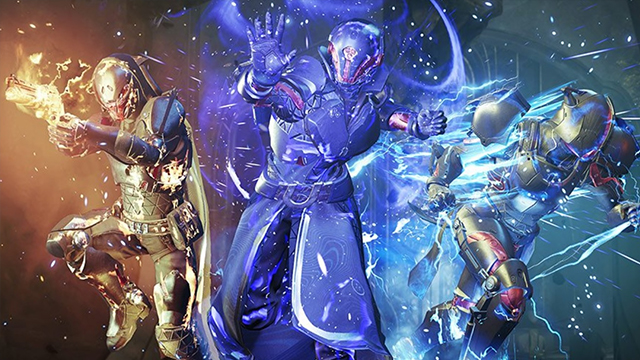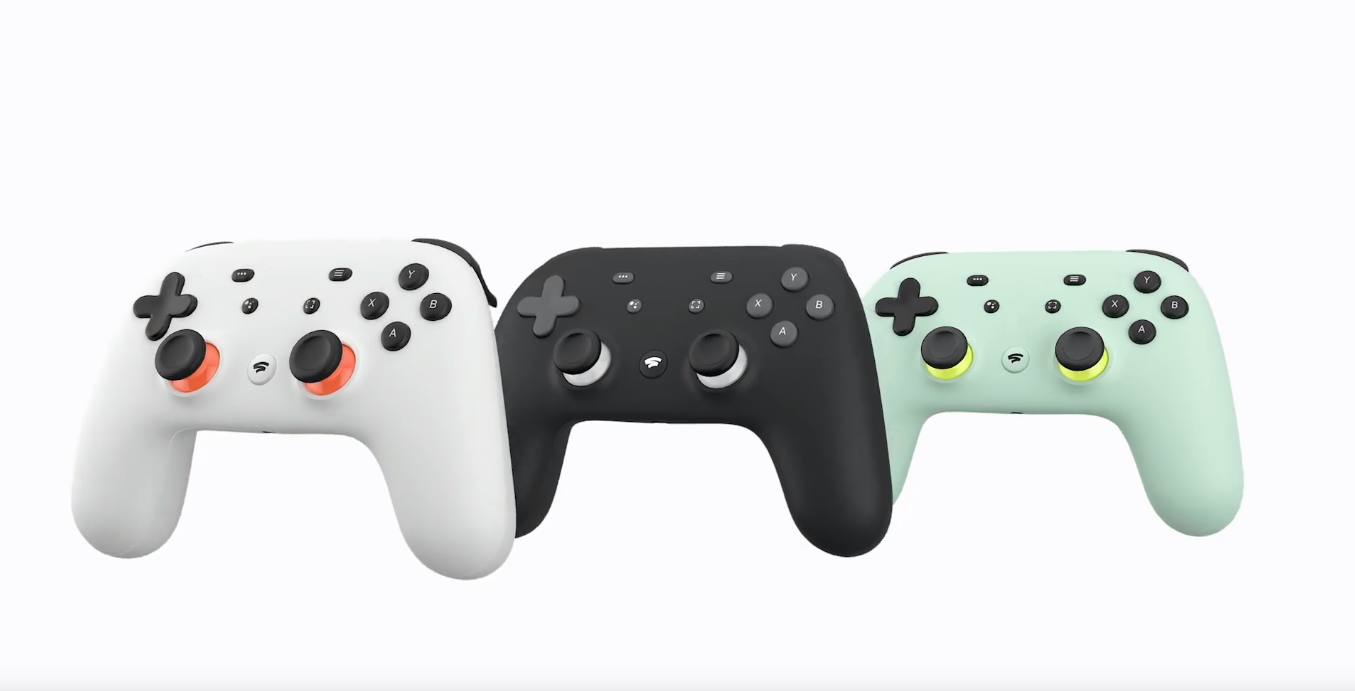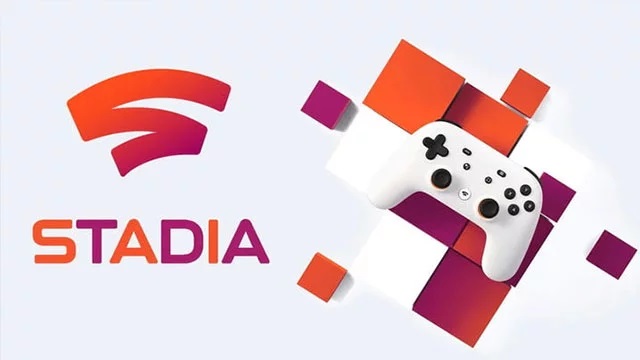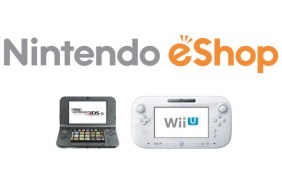There were plenty of reasons to both be excited and skeptical about Google Stadia after its initial reveal earlier this year. And the recent Stadia Connect just added more questions alongside the few answers the company gave during the presentation. Now, the biggest hurdle is not the technical aspect of streaming games, but rather convincing players to spend $129.99 on the Stadia Founder’s Edition. It’s a tough buy for a technology that is largely unproven and tied to the quality of internet one has, and has the unfortunate side effect of being announced shortly after Google had many of its servers go down leaving websites and services like YouTube, Shopify, Gmail, and Snapchat unable to operate.
When the game streaming service launches later this year, players will only be able to access it if they go all in and fork over the dough for this premium bundle. It includes a Chromecast Ultra (which the device uses to stream games on your television), three months of the premium subscription Stadia Pro, a copy of the hottest release of 2017 in Destiny 2, a limited edition night blue Stadia controller, a selection of free games, discounts on select new releases, and the ability to register your username.
In a show of what little Google had to offer, the company said that getting first dibs on your Stadia name of choice was the “best part.” When you have to act like registering a username is a perk, and you even have to pay to do so, then you are really scraping the barrel in terms of benefits.
A free tier of Stadia is on the way and will be launched in 2020 but the move to introduce a Founder’s Pack is clearly a way to capitalize on the niche of gamers that are already interested and invested in Stadia as a concept. However, it also introduces a huge barrier for the streaming service as its whole goal was to make gaming more accessible.
Rather than making high-level PC gaming available to everyone with an internet connection, Google is asking for people to fork over $129.99 for the mere privilege of checking it out. While still not a huge amount of money, especially when compared to the prices of consoles and gaming laptops, it’s a significant enough roadblock that limits it to players that are willing to spend hundreds of dollars to play video games. The problem here is that many of these same gamers will probably have built PCs or have the latest gaming console.
Stadia Founder’s Pack is an expensive way to play Destiny 2

Making matters worse is that Google is adopting a subscription model that doesn’t offer the same value as Xbox Game Pass despite being priced the same. The Founder’s Pack currently comes with Destiny 2 and a vague promise that there will be other free games added to your subscription down the line. That makes it more akin to both PlayStation Plus and Xbox Live’s Games with Gold offerings, although there is no outline on how many games will be added. By simply saying that gamers will get “X” titles per year, it would give a far better value proposition. Currently, we have no clue how many games we’ll get with the subscription (which totals to nearly $120 per year).
By not going the Netflix or Game Pass route and having a bevy of titles to pick from, Stadia will force players to new releases individually. That severely limits the appeal of the entire service, especially when the launch window lineup largely consists of releases that are a few years old such as Tomb Raider Definitive Edition, Doom, Thumper, and Dragon Ball Xenoverse 2.
There are a few interesting upcoming titles confirmed to launch on the service such as Baldur’s Gate 3, Gylt, and Ghost Recon Breakpoint, but if the majority of upcoming games don’t support Stadia, and the subscription only comes with a handful of titles, then there is no real reason to invest in that ecosystem. You’d be better off buying games on another storefront as long as you have a capable gaming rig.
Google also has a shaky track record with introducing new services outside of its main wheelhouse. From Google Plus to Google Reader, there’s no shortage of examples of failed projects that the company decided to abandon despite pleas from active users.
And what happens if Stadia is a failure? Can a user no longer play the games that they purchased? Is there a back-up plan to give users digital versions of these streaming titles? What if a player doesn’t have a good enough PC to play the digital version of the streaming title they can no longer access? There are hundreds of worst-cast scenarios that we’ll hopefully never get to, but that needs to be addressed by Google. If people are going to be purchasing games rather than just subscribing then they need that sort of information.
There is still hope for Google Stadia

While the decision to put a sizable paywall in front of Google Stadia is a mistake, there is still a lot of potential for the service. Google will essentially get a batch of paying guinea pigs to test off the bat and will get a shot at a second first impression when the free tier launches in 2020. As long as the subscription service gets fleshed out with a solid library of titles and the streaming works as advertised, then it’ll have a shot at creating a service that is worth the $9.99 per month.
At the moment, though, there are just too many unanswered questions about Stadia and what it does have to offer just isn’t all that impressive especially for that premium price. The exclusive titles made by Google and games that actually take advantage of their processing power are nowhere to be seen. It is launching the service the wrong way, without making it known as a must-have for players. Gaming is a tough nut to crack for many companies, and this will be an uphill battle even for a tech juggernaut like Google.







